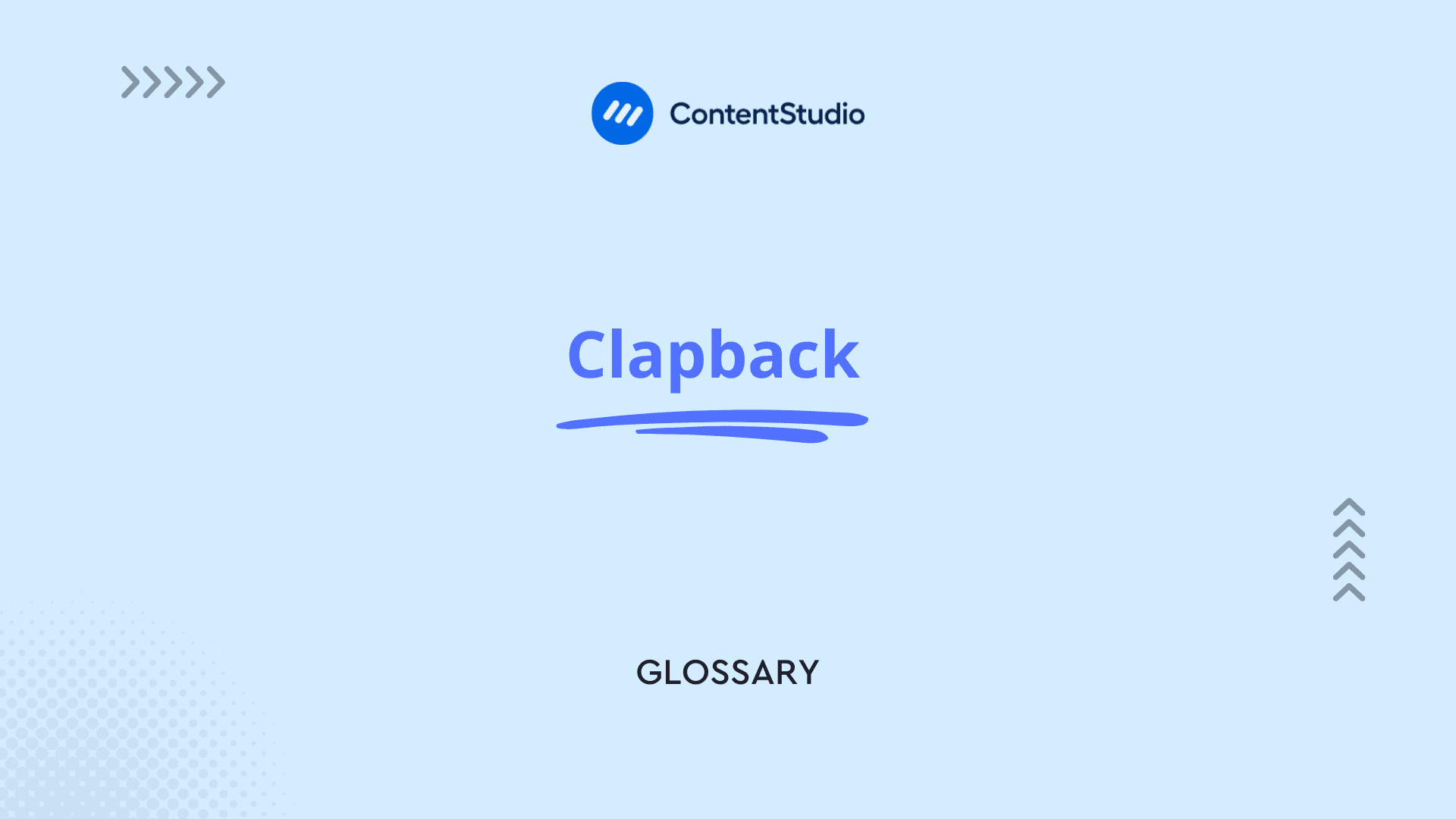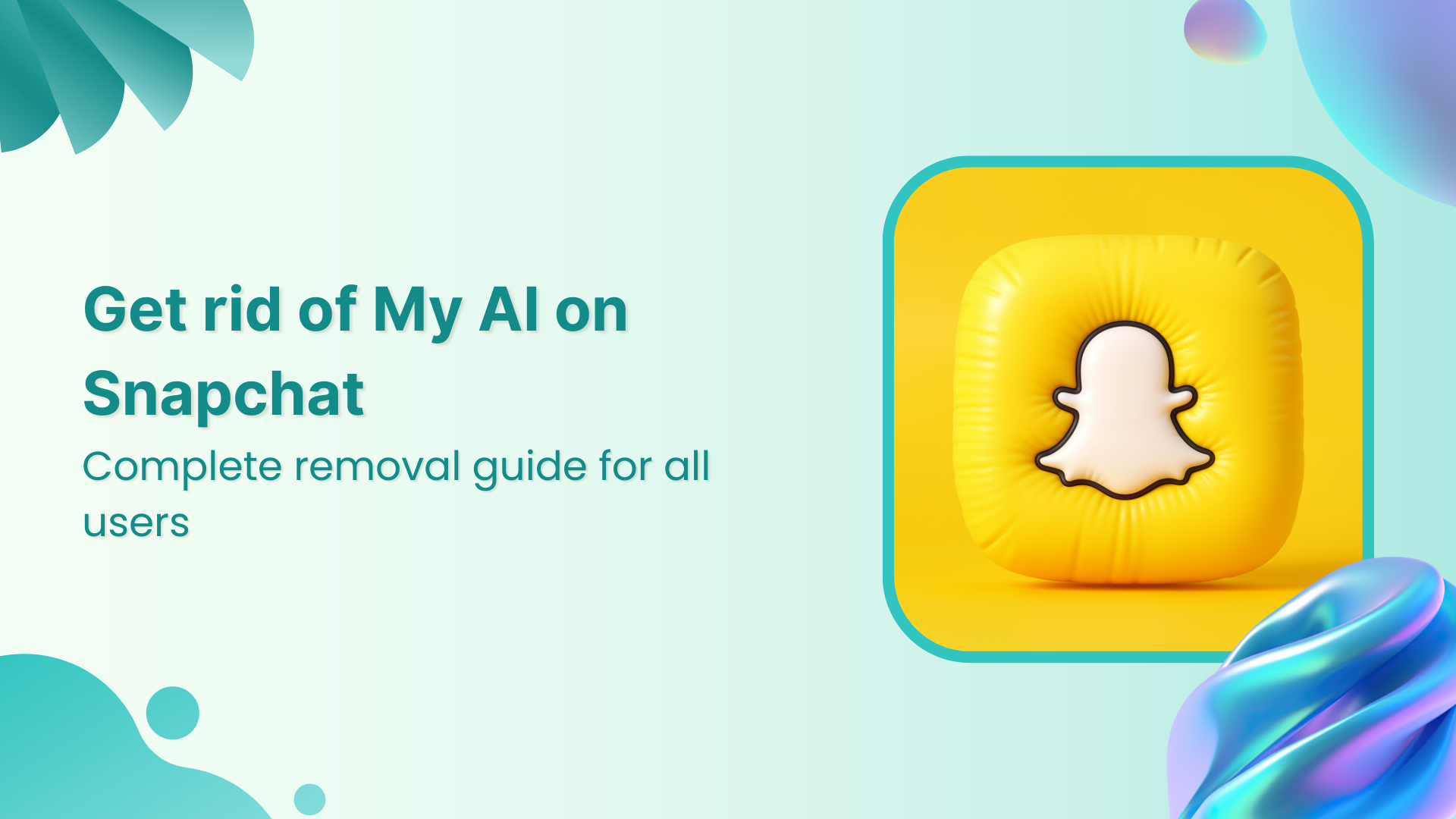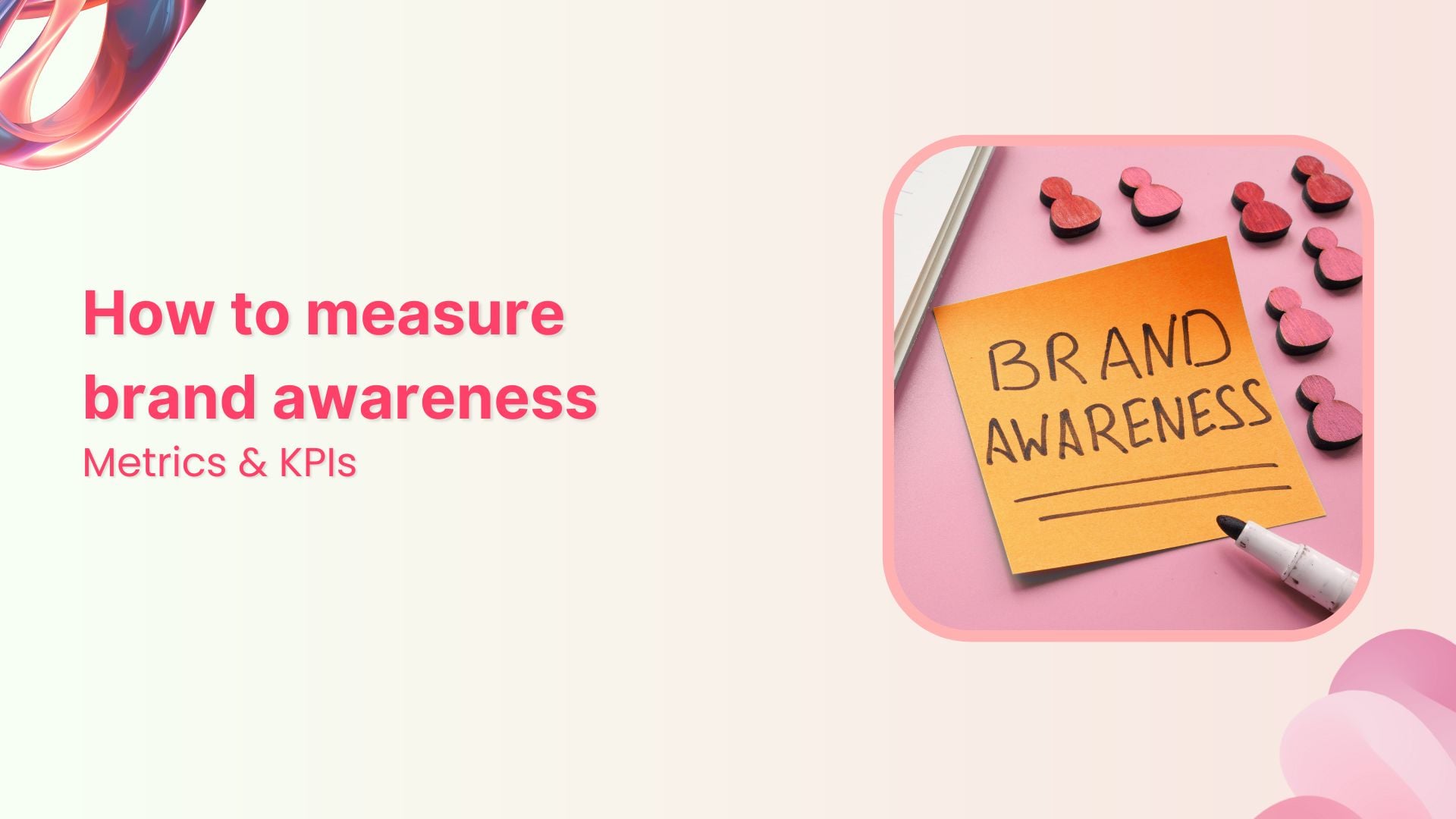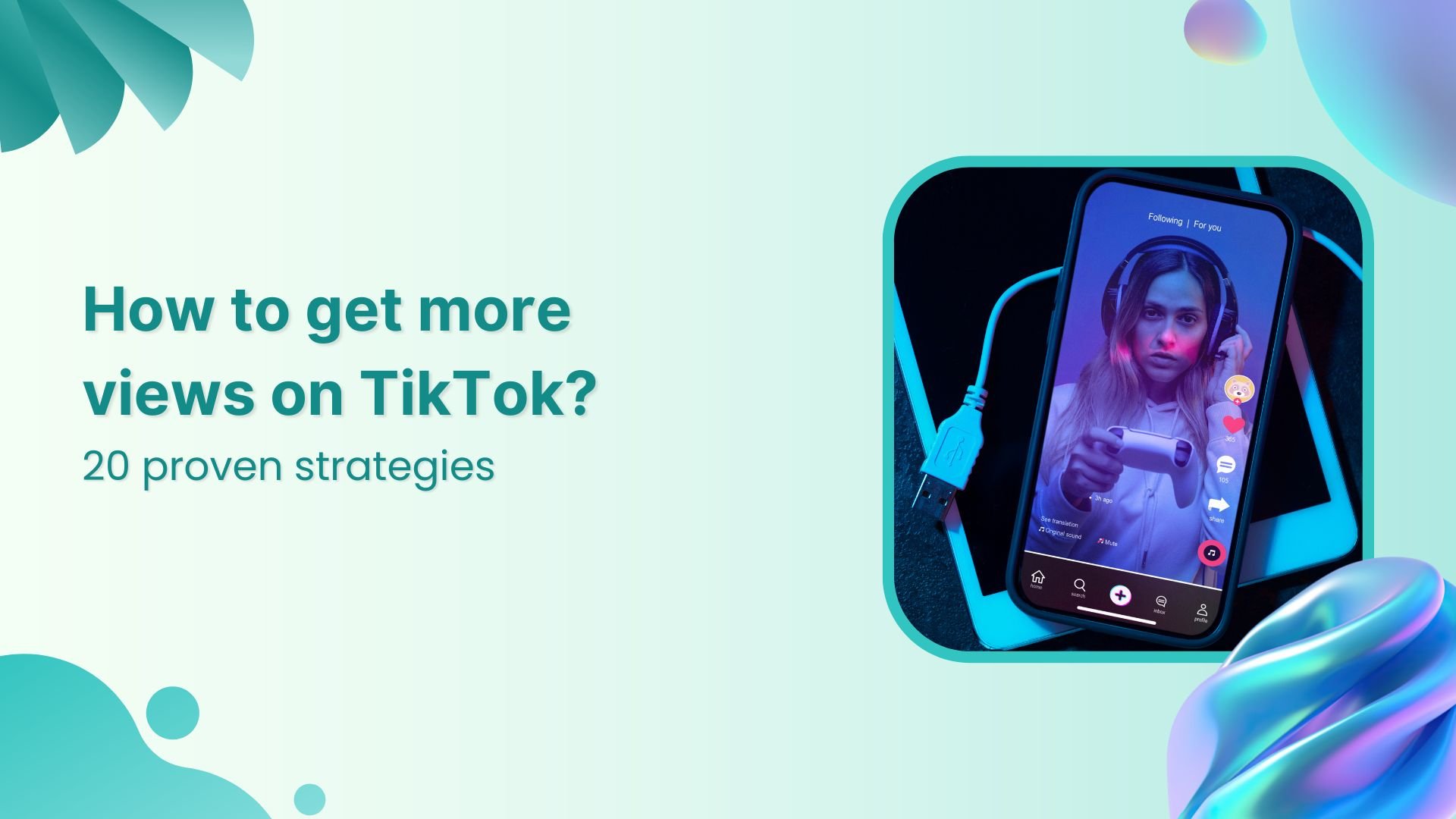Bulk-generate & schedule posts in seconds with Smart Scheduling. Try now!
Clapback

What is the meaning of clapback?
A clapback is a sharp, witty, and often humorous response to criticism or a negative comment, typically delivered in a way that shuts down the original remark.
The term is widely used on social media sites, where people—celebrities, influencers, brands, and everyday users—use clever comebacks to defend themselves, assert their stance, or entertain their audience.
Clapbacks are meant to be quick and cutting, but they also require a balance of humor and intelligence to avoid crossing the line into outright hostility.
Whether it's a sassy remark on Twitter, a funny retort in an Instagram comment, or a public takedown in an online debate, clapbacks have become a defining feature of internet culture.
Key characteristics of a good clapback
A successful clapback usually has the following traits:
- Sharp and to the point: A clapback is brief but impactful. It doesn't ramble; it delivers its punch concisely.
- Witty or humorous: The best clapbacks make people laugh or admire the cleverness of the response.
- Confident and assertive: Clapbacks show confidence and self-assurance. They push back against criticism without hesitation.
- Non-offensive (when done right): The ideal clapback stays on the right side of humor without resorting to personal attacks.
- Timely: Speed matters. A great clapback is delivered while the topic is still relevant.
Origins of the term clapback
The term "clapback" has roots in African American Vernacular English (AAVE) and hip-hop culture. It gained mainstream popularity after rapper Ja Rule released his 2003 diss track "Clap Back," targeting fellow rappers 50 Cent and Eminem. In the song, "clap back" is used to signify retaliating with words, much like a lyrical counterattack.
The word "clap" in this context comes from older slang referring to gunfire, symbolizing a forceful response. Over time, "clapback" evolved to mean any sharp, witty, or strong comeback to an insult or criticism, especially in digital spaces.
Rise of clapbacks as slangs on social edia
Clapbacks have become a staple of internet culture, especially on platforms like Twitter, Instagram, and TikTok. Some of the most memorable social media moments involve perfectly executed clapbacks that go viral. Celebrities and influencers often use clapbacks to handle trolls, while brands utilize them to engage with audiences and build a more relatable, playful identity.
How brands use clapbacks to their advantage?
Many companies have adopted clapback culture as part of their social media strategy. A well-executed brand clapback can enhance engagement, make a brand seem more human, and attract attention in crowded online spaces.
Here are some notable examples:
- Wendy's is famous for roasting competitors and responding to customers with witty, often savage replies.
- Netflix and Amazon Prime Video frequently engage in friendly banter with each other, drawing attention to their streaming platforms.
- Fast-food chains like Burger King and McDonald's have had playful clapback exchanges that entertain followers and generate viral buzz.
However, clapbacks can backfire if they come across as too aggressive or mean-spirited. Brands must be careful to strike the right balance between humor and professionalism.
Examples of clapbacks
Professional clapbacks
Wendy's vs. McDonald's
- McDonald's: "We have fresh beef coming soon!"
- Wendy's: "So you were using frozen beef this whole time?"
- Impact: This witty response highlighted a competitor's weakness in a humorous way.
Netflix's reply to a critic
- Critic: "Netflix should focus on making better content instead of tweeting."
- Netflix: "We can do both. Unlike you, who can't multitask between typing and thinking."
- Impact: A sharp yet professional response that entertained audiences.
Personal clapbacks
Celebrity response to body shaming
- Troll: "You gained weight, what happened?"
- Celebrity: "Happiness. You should try it sometime."
- Impact: A short yet powerful way to shut down negativity with confidence.
Friendship banter
- Person 1: "Wow, you take forever to reply to messages."
- Person 2: "Sorry, I was busy having a life outside my phone."
- Impact: A casual and lighthearted clapback that keeps the conversation fun.
Tips for crafting the perfect clapback
Whether you're responding to criticism on social media or shutting down a negative remark in real life, here are some tips to master the art of the clapback:
- Stay calm: Never respond in anger. The best clapbacks come from a place of confidence, not emotion.
- Use humor: A funny response is often the most effective and least offensive way to counter negativity.
- Be concise: A clapback should be short and snappy—long explanations ruin the impact.
- Know your audience: What works for one group may not work for another. Keep your response appropriate for your audience.
- Pick your battles: Not every comment deserves a response. Some negativity is best ignored.
- Avoid personal attacks: Focus on the comment, not the person, to maintain wit without being cruel.
- Use wordplay: Clever phrasing or puns can elevate a clapback from good to legendary.
Cultural impact of clapbacks
Clapbacks are more than just internet entertainment; they reflect broader cultural trends in communication, humor, and self-expression.
They empower individuals to push back against unfair criticism, stand up for themselves, and showcase their wit. In a world where online interactions shape public perception, a well-placed clapback can redefine a narrative, change opinions, and even shift the power dynamics in a conversation.
From hip-hop feuds to brand wars and celebrity social media exchanges, the clapback remains a powerful tool for asserting confidence, engaging audiences, and keeping conversations lively.
So, the next time someone throws shade your way, you might just have the perfect clapback ready to go.

Create, plan, schedule, and publish posts on all social media networks
Recommended for you


Powerful social media management software
14-day free trial - No credit card required.


